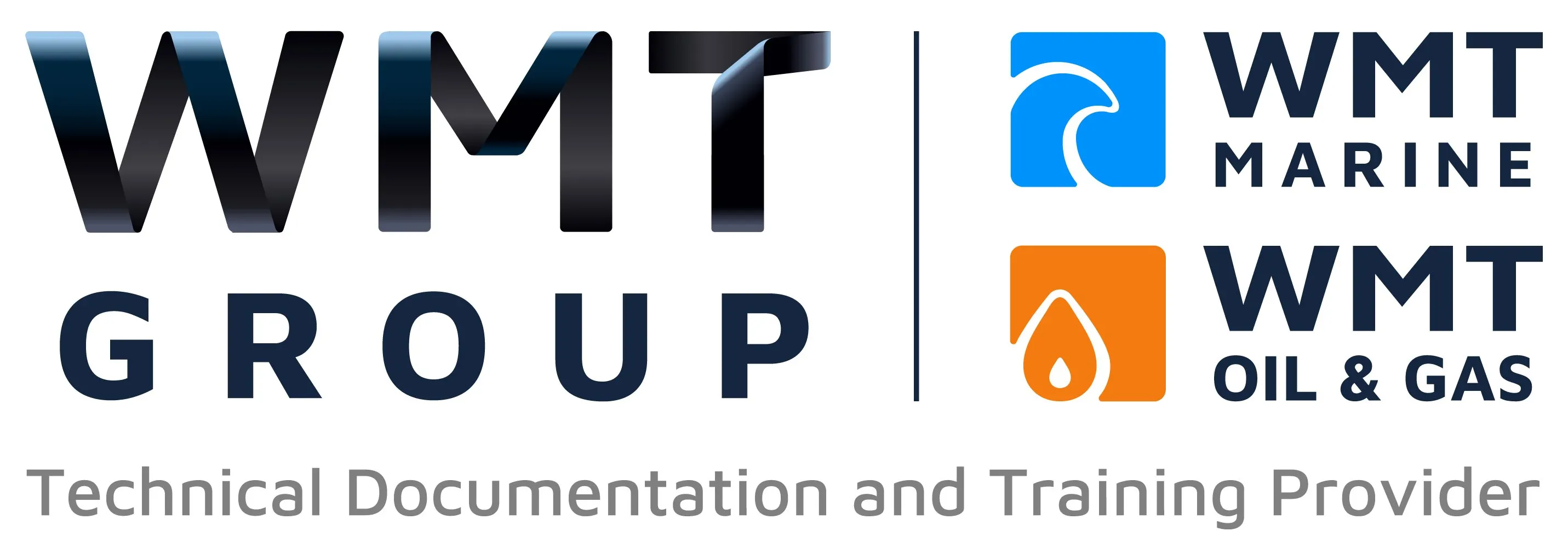How to Write Clear and Compliant Operation Manuals for Commercial Vessels- A Guide from WMT Marine

Introduction
In the world of commercial shipping, where safety, compliance, and efficiency are critical, operation manuals serve as essential documentation. These manuals ensure crews can operate complex marine systems correctly, prevent accidents, and comply with international maritime standards. Based in Flintshire, WMT Marine Ltd is a trusted name in the industry, specialising in producing technical documentation for marine and offshore oil and gas operations.
In this guide, we’ll walk you through how to write operation manuals for commercial vessels that are both practical and regulation-ready.
Why Operation Manuals Matter for Commercial Vessels
Operation manuals are more than just paperwork—they are legally required and operationally critical for all types of commercial vessels. Whether it’s a cargo ship, passenger ferry, or offshore supply vessel, the documentation must clearly outline:
- Equipment use and maintenance
- Safety protocols and emergency procedures
- Operational checklists
- System schematics and configurations
- Roles and responsibilities of personnel
A poorly written manual can lead to regulatory penalties, increased downtime, and even serious accidents at sea.
Step-by-Step: How to Write Operation Manuals for Commercial Vessels
1. Understand the Vessel and Its Systems
Begin by gathering detailed technical data for all onboard systems—navigation, propulsion, electrical, ballast, firefighting, and more. Collaboration with shipbuilders, engineers, and equipment manufacturers is crucial.
2. Follow Maritime Regulatory Standards
All manuals must comply with standards such as:
- SOLAS (Safety of Life at Sea)
- IMO (International Maritime Organization)
- ISO 9001 for quality management
- Flag State and Classification Society rules
WMT Marine’s documentation specialists ensure that every manual we produce is aligned with the latest legal and technical guidelines.
3. Structure Content Logically
Effective manuals have a consistent structure, including:
- Table of contents
- System descriptions
- Step-by-step operating instructions
- Troubleshooting guides
- Maintenance schedules
The goal is to make critical information easy to find, even during an emergency.
4. Use Clear, UK English
Avoid jargon and ambiguous phrasing. Use standardised terminology that crew members can easily understand. This is especially important for multinational crews.
5. Include Diagrams and Visuals
High-quality illustrations, system flowcharts, and schematics enhance understanding. At WMT Marine, our team uses specialist software to integrate visuals that simplify complex procedures.
6. Test and Review Before Release
Once drafted, the manual should be reviewed by technical experts, crew representatives, and compliance officers. Real-world testing ensures accuracy and usability.
7. Keep Manuals Updated
Regulations change and systems evolve. Ensure your operation manuals are living documents that can be updated easily. WMT Marine offers ongoing support to keep your documentation compliant and current.
Why Choose WMT Marine?
At WMT Marine Ltd, we provide tailored technical documentation services for the marine and offshore oil and gas industries. Our location in Deeside Industrial Park, Flintshire, allows us to support clients across the UK and globally. With decades of combined experience, our writers and engineers understand the challenges of vessel operations and regulatory compliance.
We help shipowners, operators, and managers produce clear, accurate, and audit-ready manuals that improve onboard safety and support regulatory inspections.
Final Thoughts
Writing operation manuals for commercial vessels is a specialised task that requires technical knowledge, maritime expertise, and regulatory insight. By partnering with a proven provider like WMT Marine, your business ensures compliance and operational efficiency at sea.
